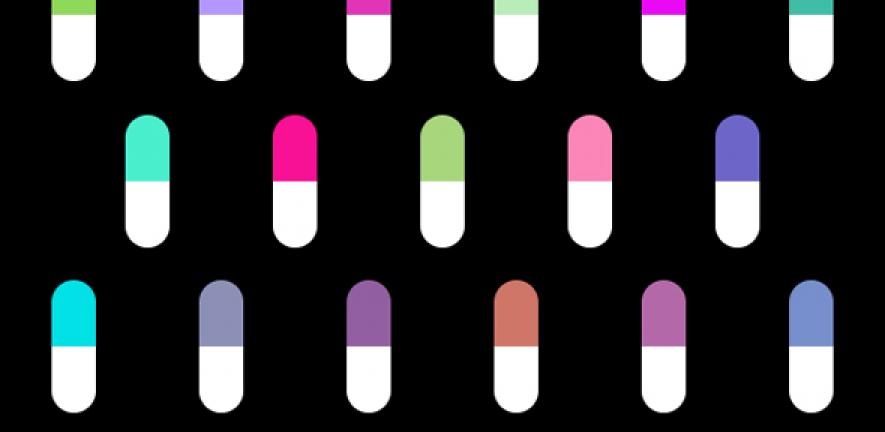
New research has identified an increased risk of brain haemorrhage from the combined use of antidepressant medicines and medicines such as ibuprofen. Should we be worried? Dr Rupert Payne from the Cambridge Centre for Health Services Research looks at the evidence.
New research has identified an increased risk of brain haemorrhage from the combined use of antidepressant medicines and medicines such as ibuprofen. Should we be worried? Dr Rupert Payne from the Cambridge Centre for Health Services Research looks at the evidence.
If people are worried about the medications they are taking, they should discuss their concerns with their doctor
Rupert Payne
Many of us frequently take pain killers to relieve our headaches, to soften joint pains or to reduce the symptoms of a cold. Some of these drugs – for example, ibuprofen, but not paracetamol – are from a class of drugs known as non-steroidal anti-inflammatory drugs (NSAIDs). These medicines are very commonly used – in fact, they are amongst the top-twenty most frequently prescribed medications in UK primary care. Non-prescription use is also widespread, with many products available off the shelf in supermarkets and without oversight from a pharmacist.
Antidepressants medication use is also commonplace, although in the UK these are prescription only medicines. Importantly, depression and chronic pain frequently co-exist: roughly a third of those with a painful condition also experience depression, and over a quarter of those suffering depression also complain of pain.
A paper out this week in the BMJ has identified an increased risk of brain haemorrhage from the combined use antidepressants and NSAIDS. This will understandably raise concerns amongst both doctors and the public. But is it that straightforward?
There is already an established risk of gastrointestinal bleeding, for example in the lining of the stomach, with this combination of drugs – probably greater than the newly identified risk of brain haemorrhage. Yet it is likely many GPs (and probably other doctors) remain unaware of this problem, and it does not influence the majority of prescribing behaviour anyway. So does this new found problem matter, or will it be interpreted by many as simply relatively unfounded scaremongering?
We mustn’t lose sight of the fact that the risk of brain haemorrhage is still low: over a period of 30 days taking both antidepressants and NSAIDS, only one person in every 2,000 would be affected. And given the absolute benefits of antidepressants and NSAIDs are generally not easily quantified, and need to be interpreted in the context of the individual’s personal psychological and social circumstances, the balance of harm and benefit remains uncertain.
Doctors will also understandably ask what the alternatives are: there are limited options for chronic pain relief, and NHS access to psychological treatments for depression (for example cognitive behavioural therapy, CBT), is generally poor. Patients’ quality of life will often be significantly diminished by stopping these medicines.
And there are several important unanswered questions remaining. What are the longer-term risks, beyond the first month examined by the current study? What is the risk of the drugs when used separately? And can these findings from an East-Asian population be generalized to the rest of the world, given what we know that people of different ethnic backgrounds often respond to medicines differently? There is a need for further research to answer these uncertainties.
Overall, this new paper identifies a potential small risk of adverse consequences of combining two common drugs, but unresolved queries remain. For now, if people are worried about the medications they are taking, they should discuss their concerns with their doctor, even if doctors then find themselves in the difficult position of trying to explain the uncertain balance of risks and benefits to patients.
But these issues are also important and very relevant to the safe and rational use of medicines more generally. It is not uncommon for patients to be affected by more than one condition – depression, arthritis, diabetes, heart disease, for example – and hence taking a mixture of drugs. We need further research to better understand the challenges associated with using combinations of medicines in people with multiple health conditions.
Reference
Risk of intracranial haemorrhage linked to co-treatment with antidepressants and NSAIDs. BMJ; 15 July 2015

The text in this work is licensed under a Creative Commons Attribution 4.0 International License. For image use please see separate credits above.




